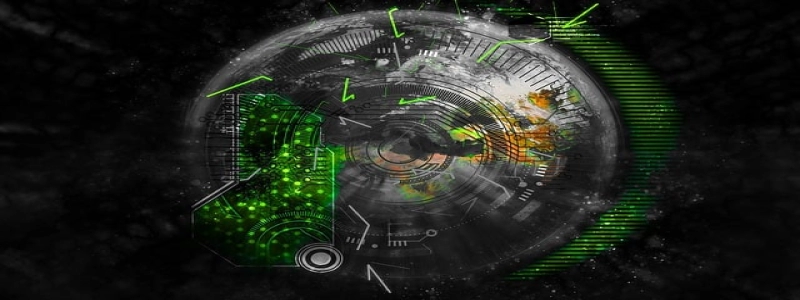ESP32 Ethernet
Introduction
The ESP32 is a popular microcontroller platform that provides a powerful and versatile solution for IoT projects. In addition to its built-in Wi-Fi capabilities, the ESP32 also supports Ethernet connectivity. In this article, we will delve into the details of the ESP32 Ethernet functionality and how to make use of it in your projects.
Hardware Requirements
To utilize the Ethernet feature of the ESP32, you will need the following hardware components:
1. ESP32 Development Board – Choose a compatible ESP32 development board.
2. Ethernet module – You will need an Ethernet module that supports the ESP32. Verify the compatibility before making a purchase.
3. Ethernet cable – Use a standard Ethernet cable to connect the development board to the Ethernet module.
Setting up the ESP32 Ethernet Connection
1. Connect the Ethernet module to the ESP32 development board. Ensure that all the necessary power and ground connections are made correctly.
2. Connect one end of the Ethernet cable to the Ethernet module and the other end to an available Ethernet port on your router or switch.
3. Power on the development board and wait for it to boot up.
Configuring the Ethernet Interface
To establish a successful Ethernet connection, you will need to configure the Ethernet interface on the ESP32 using the following steps:
1. Include the Ethernet library – In your code, include the Ethernet library to make use of the relevant functions and classes. Add the following line at the beginning of your sketch:
#include
2. Initialize the Ethernet interface – Use the following code to initialize the Ethernet interface:
ETH.begin();
3. Configure network settings – You can customize the network settings by using the following code:
ETH.config(ip, gateway, subnet, dns);
Replace the parameters (ip, gateway, subnet, dns) with your specific network configurations.
4. Start Ethernet – To start the Ethernet connection, use the following code:
ETH.begin();
This will initiate the Ethernet connection with the configured settings.
Testing the Ethernet Connection
To check if the Ethernet connection is established successfully, you can implement a simple test program using the Ethernet library. Here’s an example code snippet:
“`
#include
void setup() {
Serial.begin(115200);
// Initialize the Ethernet interface
ETH.begin();
// Print the Ethernet MAC address
Serial.println(ETH.macAddress());
}
void loop() {
// Add your code here
}
“`
Upload the code to your ESP32 board and open the Serial Monitor. You should see the MAC address of the Ethernet module printed on the screen if the connection is successful.
Conclusion
In this article, we explored the ESP32 Ethernet functionality and learned how to set up and configure an Ethernet connection using the ESP32 development board. We also implemented a simple test program to verify the connection. With Ethernet connectivity, you can expand the capabilities of your ESP32 projects and enable communication over a wired network.







